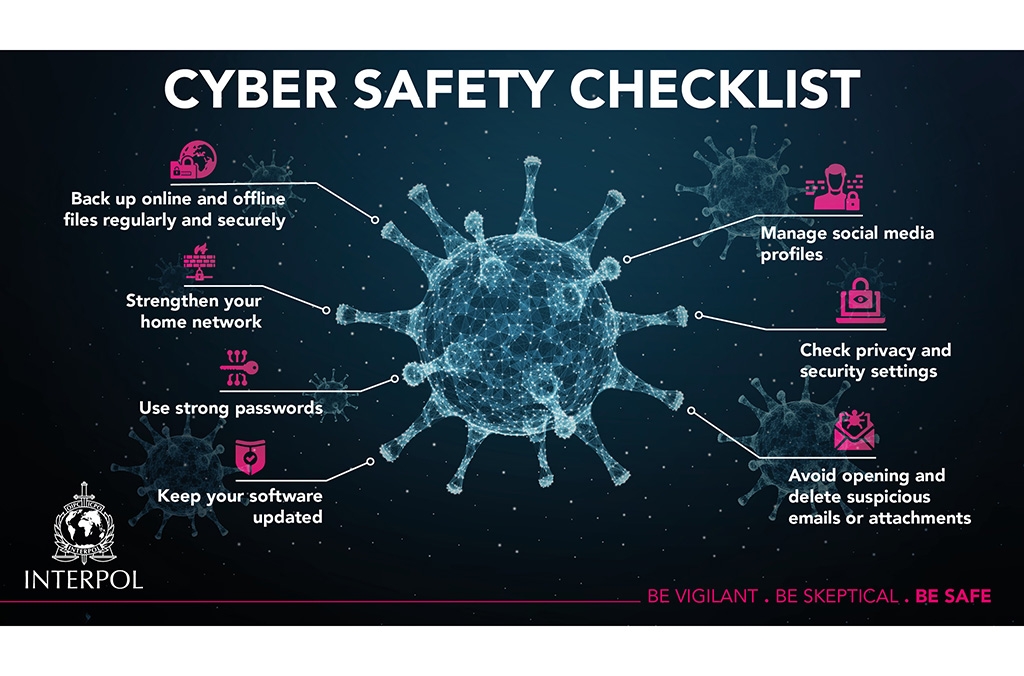Five Ways to Combat Post-Pandemic Cybersecurity Threats
As we continue to navigate the complexities of cybersecurity in a post-pandemic world, it’s essential for businesses to implement robust strategies to defend against evolving threats.
Here are five effective ways to combat these cybersecurity challenges:
1. Enhance Employee Training and Awareness
- Phishing Simulation Programs: Regularly conduct phishing simulations to educate employees on recognizing and responding to phishing attempts.
- Security Awareness Training: Implement comprehensive security awareness training programs that cover the latest cyber threats and best practices for safe online behavior.
- Regular Updates and Refreshers: Keep training sessions up-to-date and provide periodic refreshers to reinforce good cybersecurity habits.
2. Implement Multi-Factor Authentication (MFA)
- Strengthen Access Controls: Require multi-factor authentication for accessing all critical systems and sensitive data, adding an extra layer of security beyond just passwords.
- Adaptive MFA: Use adaptive MFA solutions that adjust the level of authentication required based on the risk level of the login attempt.
- Educate on MFA Importance: Ensure employees understand the importance of MFA and encourage its use even for personal accounts.
3. Regularly Update and Patch Systems
- Automated Patch Management: Utilize automated tools to ensure all software and systems are regularly updated with the latest security patches.
- Vulnerability Scanning: Conduct regular vulnerability scans to identify and address potential security gaps promptly.
- Patch Management Policies: Establish and enforce patch management policies to maintain a consistent and proactive approach to system updates.
4. Strengthen Network Security
- Firewalls and Intrusion Detection Systems (IDS): Deploy robust firewalls and IDS to monitor and protect against unauthorized access and network attacks.
- Secure VPNs for Remote Work: Ensure all remote connections are made through secure, encrypted Virtual Private Networks (VPNs) to protect data in transit.
- Segmentation and Zero Trust: Implement network segmentation and a Zero Trust architecture to limit access to sensitive data and systems only to those who need it.
5. Develop and Test Incident Response Plans
- Comprehensive Response Plans: Create detailed incident response plans that outline the steps to take in the event of a cyberattack, including roles and responsibilities.
- Regular Drills and Simulations: Conduct regular incident response drills and tabletop exercises to ensure your team is prepared to respond effectively.
- Post-Incident Review and Improvement: After any incident, conduct a thorough review to identify lessons learned and update response plans accordingly.
By incorporating these strategies, businesses can significantly enhance their cybersecurity posture and mitigate the risks associated with the evolving threat landscape.
In an era where cyber threats are becoming increasingly sophisticated, proactive and comprehensive security measures are essential to protect valuable assets and maintain business continuity.






